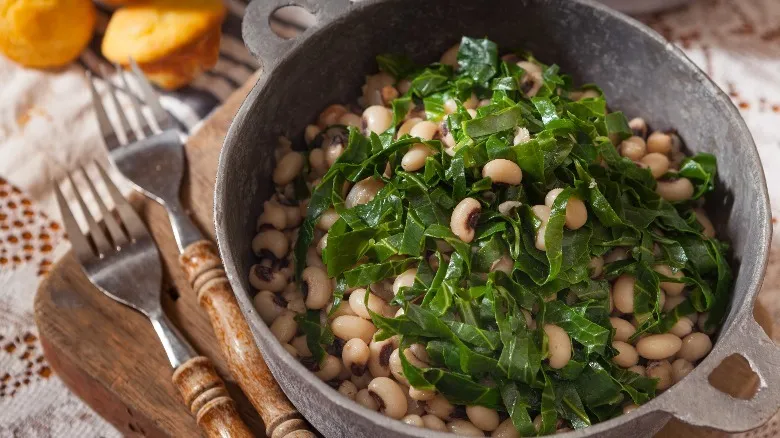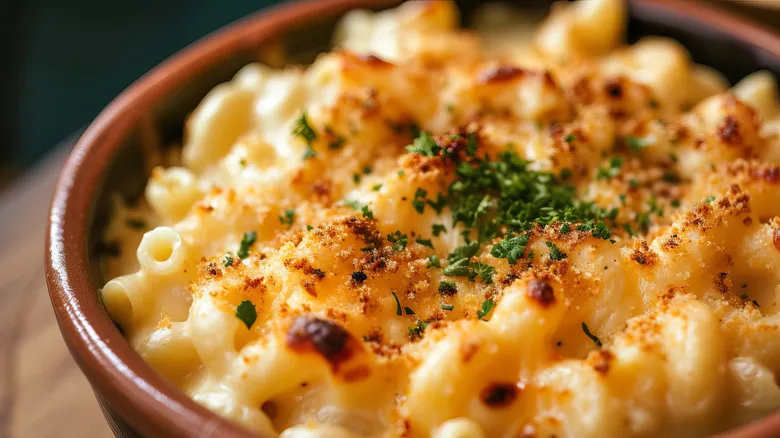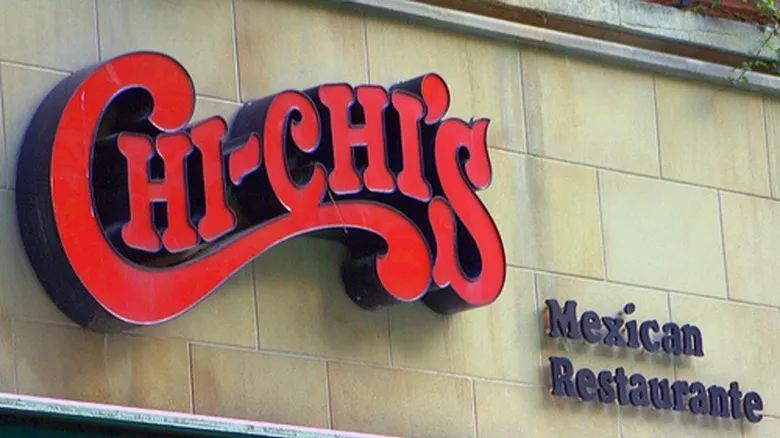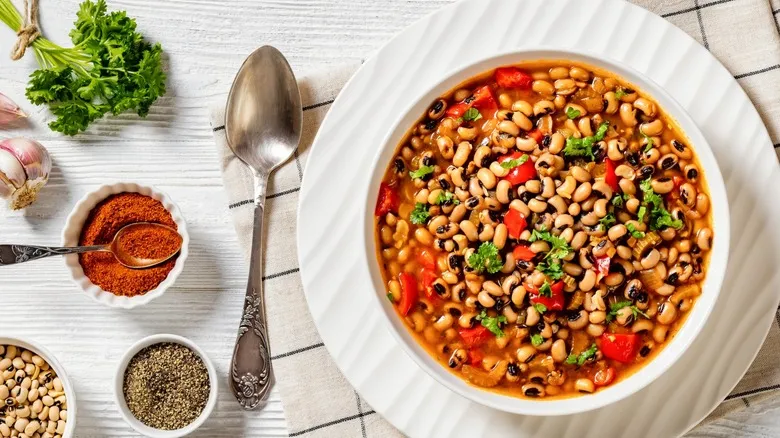Red Kwanzaa foods
Foods in the red or red-orange category feature beloved comfort classics such as Nigerian jollof rice and leg of lamb garnished with blood oranges. Mashed sweet potatoes and sweet potato pie, while orange, also add a delightful warmth to the meal. You might also find a one-pot dish like red red bean stew, Ghanaian chicken and peanut stew, or Cajun jambalaya as the centerpiece of a Kwanzaa feast. All of these delicious options can be paired with a sorrel spritz mocktail, a popular Jamaican beverage infused with cloves, cinnamon, and ginger, to complement the flavors.
Green Kwanzaa foods
Kwanzaa's vibrant culinary journey continues with green dishes such as mustard greens, collard greens, fried okra, and Jamaican jerk chicken accompanied by lime wedges (which can be seen as both black and green).
Each of these meals tells a story, with okra serving as a poignant reminder of the ancestors' journey to America, the greens symbolizing the resourcefulness of enslaved individuals, and the jerk chicken representing the unity within the African diaspora. Ultimately, regardless of what is served, the food invites participants to connect with the rich heritage of Kwanzaa and its deep-rooted origins.
Black Kwanzaa foods

There aren't many foods that are genuinely black in color, but some, like black-eyed peas, along with purple and brown alternatives, come close. For instance, eggplant, which is native to Asia, now thrives in the savannas of Africa, and like okra, was among the foods that enslaved individuals brought with them from Africa to America and other regions. Today, these ingredients are often featured on Kwanzaa tables. Alongside okra, they typically play a supporting role as side dishes or components in soups and stews. The rich, dark filling of savory Jamaican beef patties showcases some of the popular dinner recipes enjoyed during the holiday.
However, Kwanzaa celebrations aren't limited to savory dishes. Sweet treats and beverages like malva pudding and bourbon hot cocoa provide a delightful conclusion to a Karamu Ya Imani. Since Kwanzaa is intended to honor Black culture from before the era of slavery to the present, the meals served reflect the extensive history of Black communities.
Other foods that are served during Kwanzaa

Ultimately, while red, green, and black foods are often linked to the holiday, there are no strict guidelines regarding the colors or types of foods served. Expert-recommended holiday cookie platters feature red and green cookies for Christmas and blue and white cookies for Hanukkah, but they also include a variety of other colors. Likewise, Kwanzaa celebrations showcase a wide range of foods beyond just red, green, and black.
It's important to keep in mind that choosing color-themed foods is merely one way to enhance the festivities, often arising from happy coincidence rather than intentional planning. Since the holiday's meals draw inspiration from African harvest traditions and celebrations, both traditional dishes and contemporary favorites like cornbread, fritters, macaroni and cheese, coconut pound cake, fried catfish, and other soul food staples from the American South and beyond are also embraced at Kwanzaa gatherings.
Recommended

The Rise And Fall Of Chi-Chi's: What Happened To The Popular Restaurant Chain?

The McDonald's Location We Can Thank For Bringing Us The Apple Pie

The Rumored Last Meal Of John Lennon Was Simple But Surprising

10 Facts You Didn't Know About McDonald's PlayPlaces
Next up

